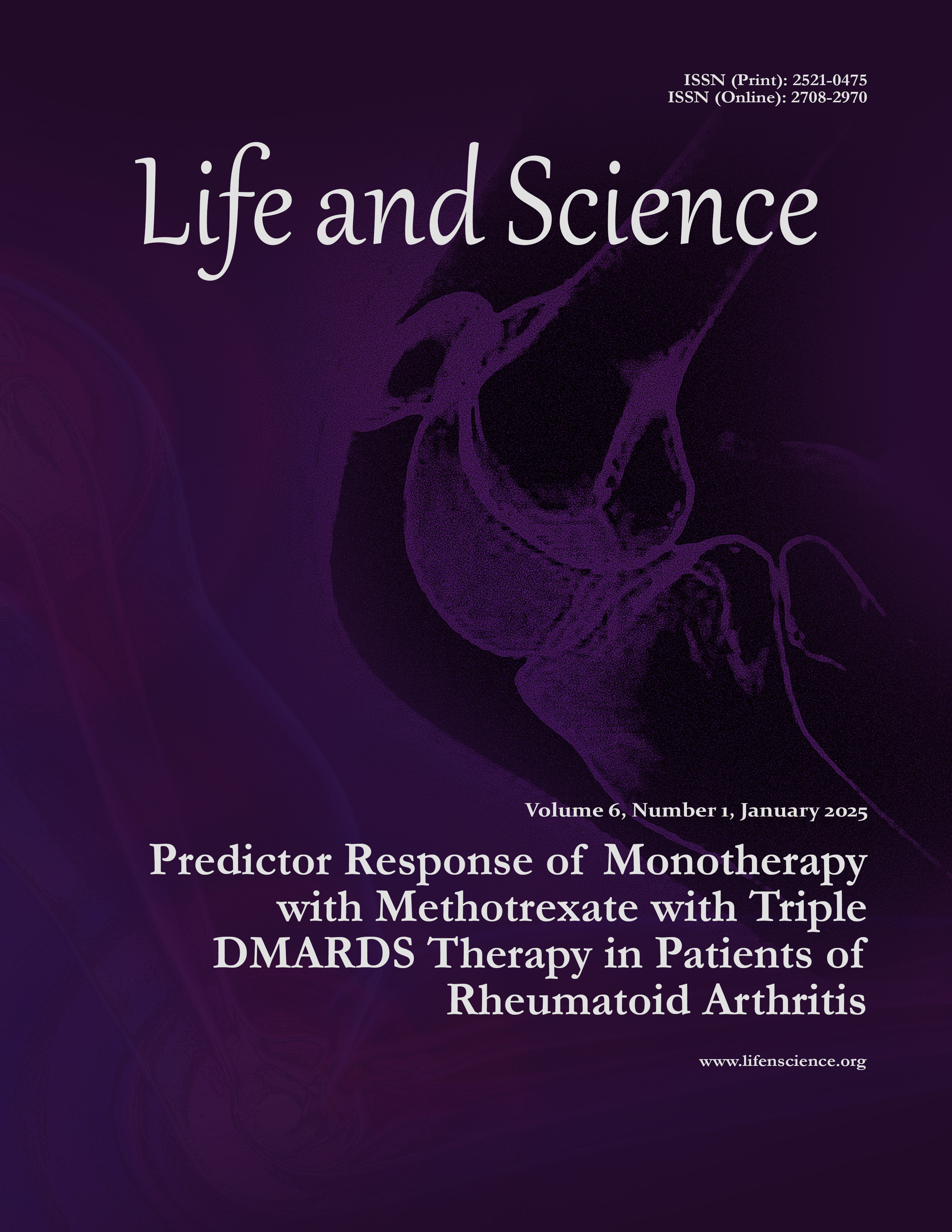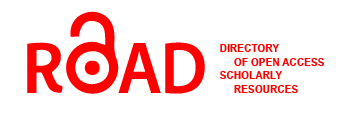Predicting Maternal Morbidity in Peripartum Period: Validity of Modified Early Obstetric Warning System
Abstract
Objective: To determine the effectiveness of a modified early obstetric warning system (MEOWS) in determining the probability of maternal morbidity during the Peripartum Period.
Study Design: Cross-sectional observational study.
Place and Duration of Study: This Study was conducted at the Department of Obstetrics and Gynecology, District Headquarters Hospital (DHQ) Rawalpindi, Pakistan from October 2022 to October 2023.
Methods: The study sample consisted of pregnant women, 127 each in 3 high-risk categories of postpartum hemorrhage, pre-eclampsia/eclampsia, and sepsis, detained in the high dependency area for observation on the risk of developing maternal deterioration from the 26th week onwards to delivery and discharge from hospital. The modified early obstetric warning signs (vital signs, i.e., temperature, blood pressure, heart rate, respiratory rate, oxygen saturation, and consciousness level) were used to measure the risk of deterioration. The data was collected on a pre-structured study proforma. The study outcome was assessed as the diagnostic accuracy of modified early obstetric warning system (MEOWS) in predicting peripartum maternal morbidity.
Results: The mean age (years) of the women was 31.76+8.58, and the range was from 18 to 42 years. The frequency and percentages of maternal morbidities include postpartum hemorrhage 73 (57.5%), preeclampsia 76 (59.8%), and sepsis 80 (63%). The sensitivity of MEOWS in detecting postpartum hemorrhage, pre-eclampsia, and sepsis is 89.86 % 80.52%, and, 87.37 % respectively.
Conclusion: The study indicates that during the peripartum period (labor and the early postpartum period), the modified early obstetric warning system (MEOWS) can efficiently detect women at risk of developing obstetric complications like postpartum hemorrhage, pre-eclampsia, and sepsis and hence initiate timely intervention.
How to cite this: Naqvi RA, Batool I, Parveen S, Iram N. Predicting Maternal Morbidity in Peripartum Period: Validity of Modified Early Obstetric Warning System. Life and Science. 2025; 6(1): 65-70. doi: http://doi.org/10.37185/LnS.1.1.564
Copyright (c) 2025 Rubaba Abid Naqvi, Isra Batool, Shagufta Parveen, Nabila Iram

This work is licensed under a Creative Commons Attribution-NonCommercial 4.0 International License.














